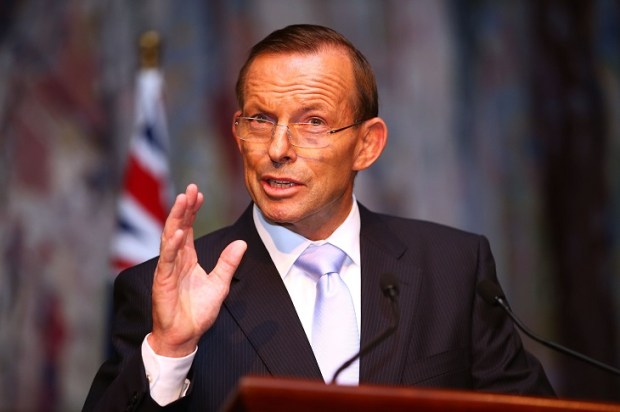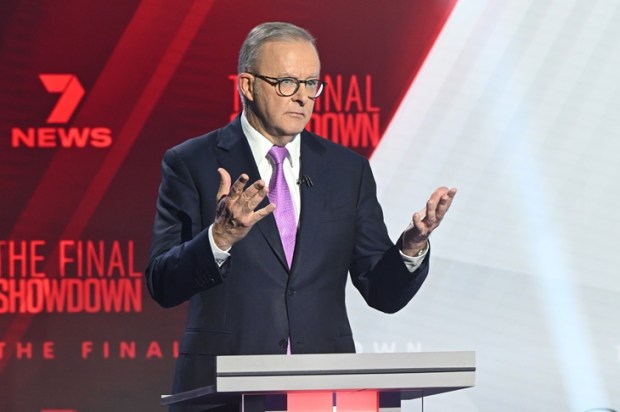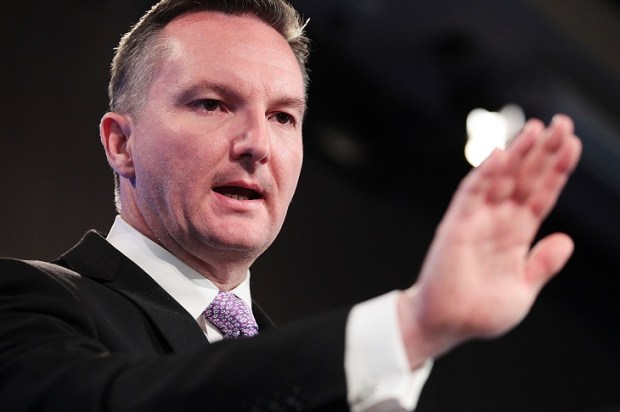In March this year, Treasurer Jim Chalmers asked the Productivity Commission (PC) to assess competition-enhancing reform options to reinvigorate the stalled process of productivity gains. He did so against a decade-long background of flagging productivity gains and actual falls since 2022.
Illustrating his ignorance about why such alarming trends were taking place, the Treasurer asked the PC to recommend solutions in the context of ‘adapting to the Net Zero transition’ (code for forcing the displacement of low-cost coal with high-cost wind and solar) and the ‘expansion of the care and support economy’. These – together with regulatory amplifications covering housing, mining, and industrial relations – are the very policy settings that have undermined the economy’s productive potential. Funding of environmental lawfare groups to prevent development, taking water from Murray Darling irrigators, and contemplating closing down fish farming in Tasmania, are just a few of the other matters with impacts, large and small, that are sending the economy backwards.
The latest budget with $22.7 billion into a ‘Future Made in Australia’ agenda further reverses the productivity-enhancing policies set in motion by the competition reforms initiated by the Labor Party under Hawke and Keating in the mid-1980s.
In some cases, even the most interventionist government ministers have been forced to address the deleterious outcomes of their policies. Thus Tony Burke, the architect of policies that enhance union monopolies, is now having to counter the effects of this by allowing the CFMEU to impede work on high-profile developments. And Tania Plibersek has had to warn the Environment Defenders Office, which she has showered with government funding, about its spurious activities in delaying and imposing costs on Woodside’s Barossa gas project.
Eradicating harmful regulations is difficult even where the government has its heart in the task. This is because once regulations are in place, while having net costs to the nation as intended, they create winners as well as losers.
Hence, as with an upward lift in government spending, it takes colossal effort to wind back regulatory intrusions once they have been put in place.
Dismantling them may entail having to compensate those who acted in accordance with their intent. Thus, in response to zoning arrangements, land that is re-classified as eligible for housing might bring a value increase of tenfold or more to its owner. This is only because the land shortage is solely due to government usage controls. Such controls add costs that become built into the price of a new house. Moreover, removing the regulatory cost will place downward pressure on all house prices. Existing homeowners incur losses as do property developers who have pre-bought land zoned for new housing.
Similarly, with energy retailers, if the government dismantles the artificial value it has created by requirements on them to incorporate increasing volumes of wind/solar in their supplies, the cost of the renewable energy certificates will disappear. Although consumer prices will fall, energy retailers and solar and wind farm owners will see a drop in asset values that owe all their worth to the regulations. Perhaps to prevent such an unravelling of the regulatory distortions (and to obscure the costs of such energy regulations), pro-renewable energy governments are now pre-buying future supplies at well above market prices – the Commonwealth is doing this under the deceivingly named ‘Capacity Investment Scheme’.
Sometimes the regulatory cost will disappear as a result of innovations. A submission to the PC review by Professor Allan Fels drew attention to a lack of government movement in deregulating taxis. In fact, his concerns were largely misplaced. Taxi monopolies created by government licenses restraining new entrants had brought the value of a licence at up to a million dollars each, raising ride costs by about 25 per cent. But Uber, with new technology, undermined the restraint on entry by allowing private cars to compete. This has largely eradicated the capital value of a plate, and lowered ride costs.
A subsequent lawsuit forced Uber to provide $272 million in compensation to incumbent plate holders (at most $24,000 each). The response of Employment Minister Tony Burke was to seek ‘gig’ workers to be deemed employees and given a minimum wage – an outcome that will certainly raise ride and delivery costs and provide a basis for workforce unionisation with consequent union contributions to the ALP.
Uber’s serendipitous undermining of a costly regulatory measure is unfortunately rare. It takes political determination accompanied by wide support to break down barriers to competition that have been erected by politicians. Bob Hawke, soon after being elected to government 40 years ago, declared that he was convinced that Australia had too many business regulations and that we should attempt to eliminate the unnecessary ones. This was apostasy to most of his ALP colleagues who had cut their teeth on championing increased restraints on the owners of capital.
Nevertheless, his broad policy set a path for winding back many business regulations on commerce, especially import tariffs, finance, and energy. This eventually led to privatisations which injected profit-oriented competition in hitherto protected areas. Unfortunately, industrial relations remained off limits and the business deregulation agenda was accompanied by the massive growth in social and environmental regulation which is now brutally ossifying innovation and preventing cost reductions.
That PC’s task of offering guidance to enable a resurrection of productivity growth is more difficult today. Most politicians no longer favour an unleashing of controls over competition and seek intensified controls over the environment (including greenhouse gas emissions on energy and farming). And large numbers of the most influential businesses have absorbed many of the costs of regulation, so much so that they fear new competitors not encumbered with those costs.

























